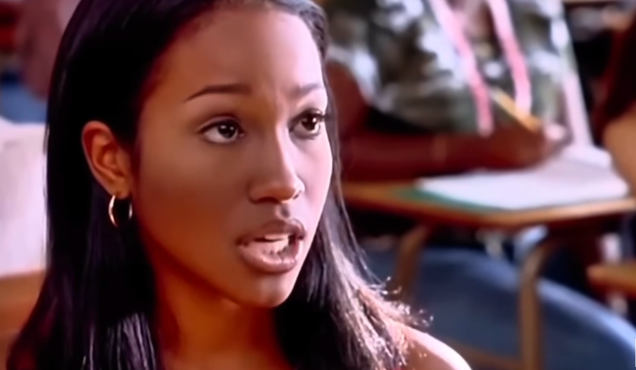Introduction
African hair braiding has been an important cultural tradition for centuries. As an African immigrant living in America, I have personally experienced the significance of braiding in my life. In this blog, I will share my personal journey with African hair braiding, the history behind this art form, different techniques and styles used in braiding, and its cultural significance.
The History of African Hair Braiding
Hair braiding has a long history in Africa, with evidence of braided hairstyles dating back to the ancient civilizations of Egypt and Nubia. Braiding has been used to indicate social status, age, and cultural identity. Different braiding styles were also used to signify different events and occasions, such as weddings and coming-of-age ceremonies.
Braiding was an essential part of daily life in many African communities. Mothers would often braid their daughters' hair, passing down their braiding techniques from generation to generation. Braiding was also used as a way to bond and connect with others within the community.
My Journey with African Hair Braiding
Growing up in Africa, I learned how to braid hair at a young age. My mother and older sisters taught me how to braid, and it became a way for me to bond with them. When I moved to America, braiding became a way for me to connect with my African culture and feel a sense of belonging in a foreign country.
Over the years, I have experimented with different braiding styles, from cornrows to Senegalese twists. Each style has its own unique beauty, and I have enjoyed exploring different techniques and patterns.
The Art of Braiding: Techniques and Styles
Braiding is a highly skilled art form that requires patience and precision. There are different techniques used in African hair braiding, such as weaving and twisting. The different styles of braids include box braids, micro braids, and Ghana braids.
One of the most popular braiding styles is box braids. Box braids are created by dividing the hair into small sections and braiding each section with extensions. Micro braids are similar to box braids, but the sections are much smaller. Ghana braids, also known as Ghanaian braids, are a type of cornrow braids that are twisted instead of braided.
It is important to note that while African hair braiding is beautiful, it can also cause damage to the scalp if not done properly. It is important to take breaks in between braiding and ensure that the hair is not braided too tightly.
The Cultural Significance of African Hair Braiding
African hair braiding is not just a beauty practice but has deep cultural significance. Hair braiding has been used as a form of artistic expression and individuality in the African diaspora. Braiding has also been used to express one's cultural identity and pride.
African hair braiding businesses and practitioners have been an essential part of the African-American community, providing services and employment opportunities. It is important to support these businesses and practitioners and recognize the cultural significance of African hair braiding.
Conclusion
African hair braiding is a beautiful art form with a rich cultural history. My personal journey with African hair braiding has allowed me to connect with my African culture and feel a sense of belonging. The different techniques and styles used in African hair braiding are a testament to the creativity and skill of African artists. It is important to recognize and support African hair braiding businesses and practitioners and appreciate the beauty and significance of this art form.


